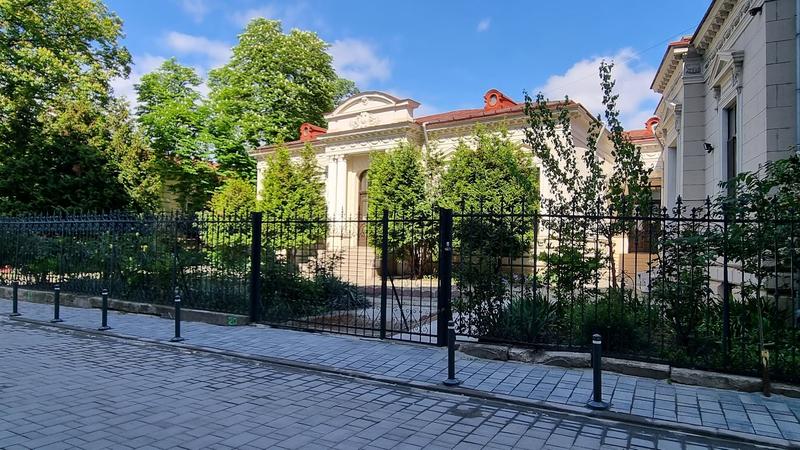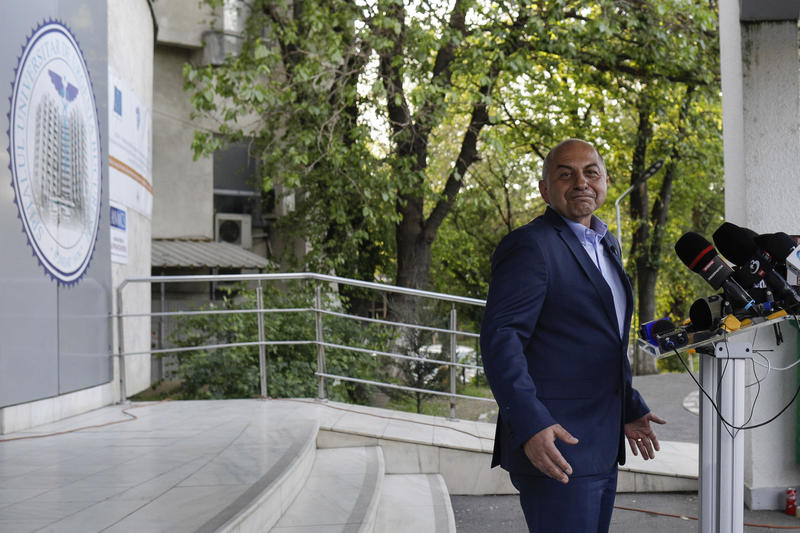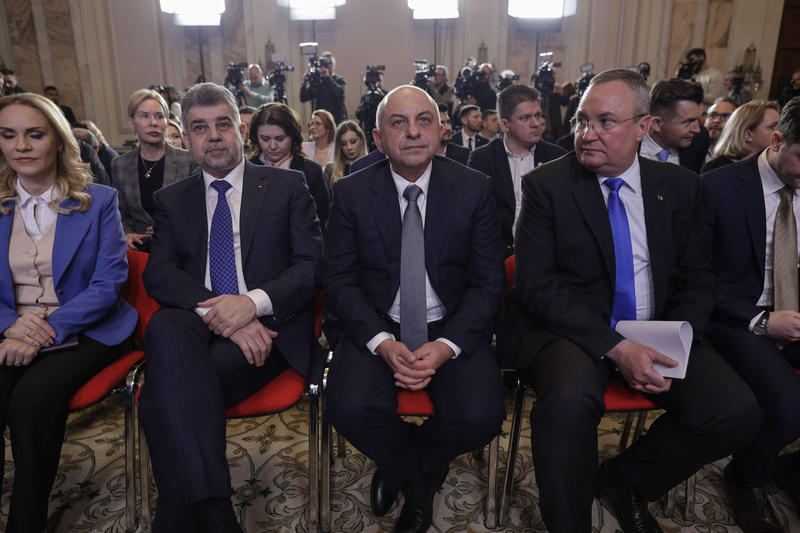In Romania the chances of getting killed on the national roads network are 40 times as high as in the EU.
This is not caused only by inappropriate drivers’ behavior, but also by faulty road design, maintenance backlog and traffic diverted from unusable local/county roads to national roads, according to a report published Tuesday by a Romanian think-tank, the Romanian Academic Society (SAR).
Motorways are not as high a priority as politicians and public think, anyway, not at these costs, the document says.
A summary of the report:
ROADS TO NOWHERE
SAR’s sectoral report on transport infrastructure policy
• In Romania the chances of getting killed on the national roads network are 40 times as high as in the EU . This is not caused only by inappropriate drivers’ behavior, but also by faulty road design, maintenance backlog and traffic diverted from unusable local/county roads to national roads.
• Motorways are not as high a priority as politicians and public think, anyway, not at these costs. In addition, a significant portion of the traffic on heavily circulated national roads could be shifted to local / county roads with relatively minor repairs / rehabilitation costs, instead of building luxury infrastructure at unbearable costs.
• Costs per motorway km are twice as high as in Poland or Hungary, the most difficult sections reaching almost 30 mn EUR/km; costs with certain types of maintenance are twice as high as in US or Europe. All costs could be reduced by increased competition, independent works supervision, and careful prioritization.
• There’s no way the current motorway/expressway strategies for 2007-2013 flashed to the media can be implemented; these would require an absorption capacity of 3 bn. EUR/year, whereas current capacity is at best 500 mn. and decreasing.
In addition, the maintenance of these roads would burden ever more the already overstrained maintenance budgets which are even today a small fraction of actual needs.
• In the current financial and budgetary flows, CFR and CNADNR are bankrupt and, instead of providing good technical services for the infrastructure network, they are at the whim of frequently changing political management and political fights - at the users’ peril and discomfort.
The current system of not charging adequately the users causes inequity, inefficiency in spending, lack of transparency on how public money is used, accelerated shift from rail transport to roads, as well as lack of predictability on any kind of investment and maintenance plan in the medium term
• The transport sector is in desperate need for a strategic direction; the overarching goal should be ensuring safe transport at speeds that do not create bottlenecks for economic development.
Instead, the Ministry of Transport, as well as CFR and CNADNR currently focus at best on “absorbing free EU money” and rely exclusively on International Financial Institutions and European Commission to formulate programs and projects.
There is no coordination of strategies in the transport sector with budgets and other sectors, and no adequate planning of the steps in implementation (land acquisition, environment permits, utilities management).
Such coordination should be done using the results of the worryingly neglected General Transport Master Plan consultancy contracted by the Ministry of Transport. For the railway sector, the coordination of infrastructure strategies with state operators’ corporate plans should be done by a Steering Committee created two years ago.
Its non-functioning blocks projects, and perpetuates a vicious cycle of non-transparent, unsustainable debt compensations between CFR, CFR Freight, CFR Passengers, Ministry of Transport which fosters at best spending inefficiency
• Qualified staff is leaving the sector at a rate that cannot be compensated by hiring beginners - not to mention that even inexperienced fresh graduates find better paid jobs in the private sector.
The staffing issue is serious enough to be the main cause of a two-year delay on most investment and rehabilitation projects, both in roads and in railways
• The transport sector is intolerably opaque not only compared to international best practices, but even to the requirements of the Romanian legislation.
It is unacceptable that strategies are not publicly debated before presented as final, that MT, CNADNR and CFR do not disclose periodic standardized reports on how their programs are implemented, to what results, and how much money they spend on what projects.


















